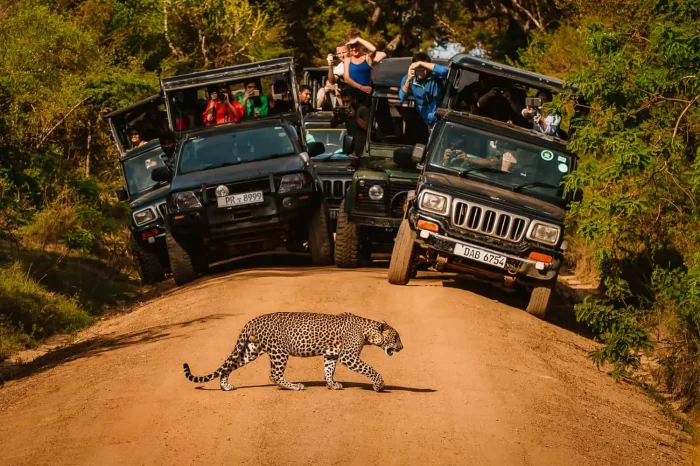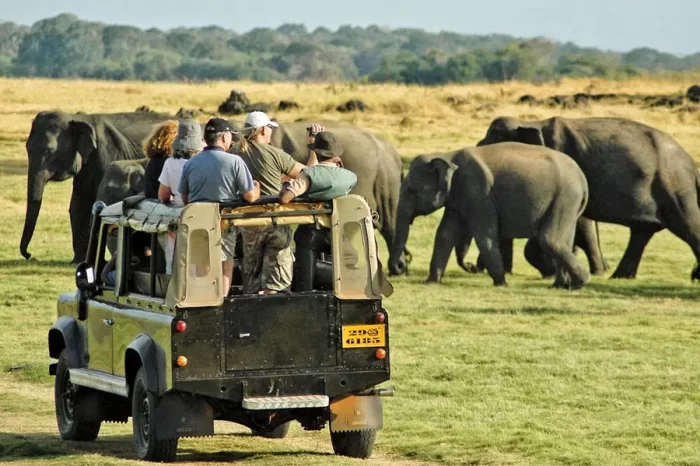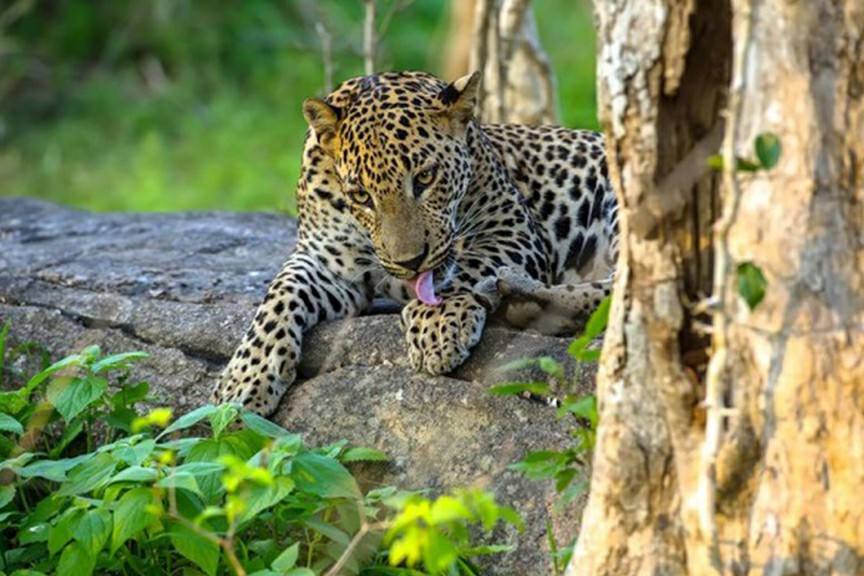
Sri Lanka, often referred to as the “Pearl of the Indian Ocean,” boasts a rich tapestry of wildlife and natural beauty. For grade 10 students eager to explore the wonders of the animal kingdom, a wild safari in Sri Lanka offers an educational and exhilarating experience.
Despite its small size Sri Lanka boasts of one of the highest rates of biological endemism in the world whether in plants or animals and is included among the top five biodiversity hotspots in the world. Of the ninety-one species of mammals found in Sri Lanka Asian elephants, sloth bear, leopards, sambar and wild buffaloes engages the majority of the attention of wildlife enthusiast. Yet the rarest mammals of Sri Lanka are the red slender Loris, Toque Macaque, and Purple-faced Langur, who according to IUCN clarifications are endangered due to habitat loss.
Meanwhile the ocean around Sri Lanka is home to large families of cetaceans including the mighty blue whales, sperm whales and lively dolphins. Altogether 26 species of cetaceans rule the waters surrounding the country, making it one of the best locations for whale and dolphin watching.
Despite the mighty elephants and rare amphibians found in the country birds are the glory of the Sri Lanka’s wildlife. Boasting nearly 433 bird species of which 233 are resident Sri Lanka holds 20 endemic species while another 80 species have developed distinct Sri Lankan races, compared to their cousins in Indian mainland.
Although less celebrated, Sri Lanka has one of the richest diversity of amphibians in the world, containing over 106 species of amphibians of over 90 of which are endemic. The country has long claimed to have the highest amphibian species density in the world with a high concentration in the Sinharaja rainforest.


Diverse National Parks
Sri Lanka is home to numerous national parks, each offering unique ecosystems and wildlife encounters. Here are some of the most notable ones:
Yala National Park
Renowned for having one of the highest leopard densities globally, Yala provides opportunities to spot these elusive big cats, along with elephants, sloth bears, and a variety of bird species.
Udawalawe National Park
Famous for its large herds of elephants, Udawalawe is an ideal location to observe these gentle giants in their natural habitat.
Minneriya National Park
Every year, Minneriya witnesses “The Gathering,” where hundreds of elephants congregate near the Minneriya Tank, offering a spectacular sight for visitors.
Wilpattu National Park
Known as the “Land of Lakes,” Wilpattu’s numerous natural lakes attract a diverse range of wildlife, including leopards, sloth bears, and a variety of bird species.
Kaudulla National Park
Home to approximately 350 wild elephants, Kaudulla offers jeep safaris where visitors can also encounter sloth bears, leopards, and a multitude of bird species.















Educational Value
Participating in a safari provides students with firsthand insights into:
Biodiversity: Understanding the variety of species that inhabit different ecosystems.
Conservation Efforts: Learning about the importance of protecting endangered species and their habitats.
Ecological Balance: Observing predator-prey relationships and the roles various animals play in the environment.
Travel Tips with Ditto Travels
Best Time to Visit: The dry season, from February to October, is ideal for wildlife spotting as animals gather around water sources.
What to Bring: Binoculars, a camera, sunscreen, and comfortable clothing are essential for a rewarding safari experience.
Respect Wildlife: Maintain a safe distance from animals, avoid making loud noises, and never feed the wildlife to ensure their safety and yours.








